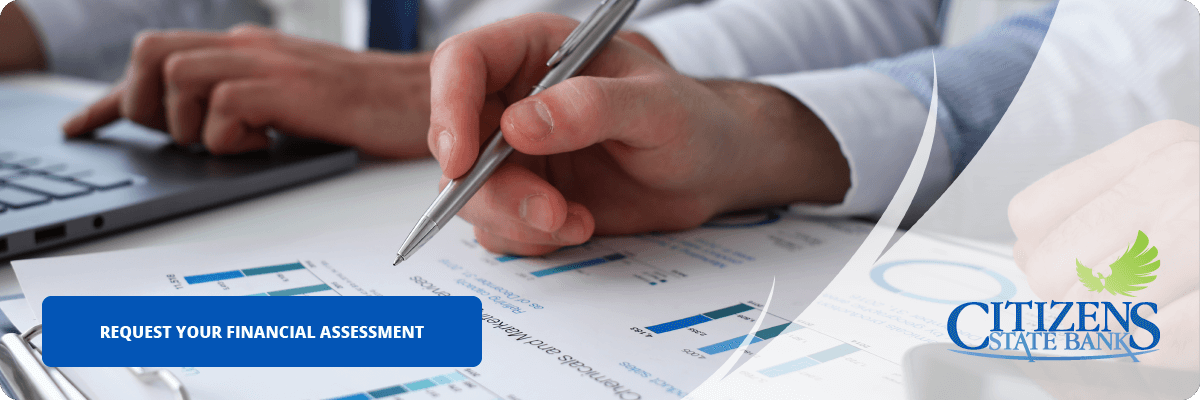
The Small Business Administration reports that small business owners over the age of 50 are far less likely to have concrete retirement plans than those who are company employees. As a small business owner (SBO), you might have had "start a retirement plan" on your To Do list for some time, but it's easy to procrastinate. When you start to consider all of the options, choosing one can be overwhelming.
A survey of SBOs by Manta found these stats for those who have a retirement plan in place:
- Self-Employed 401(k) – 43%
- Traditional IRA – 31%
- Roth IRA – 29%
- Simple IRA – 13%
- SEP IRA – 10%
- Other – 26%
And for those who aren't contributing to a plan, this is why:
- I don’t make enough profit to save for retirement – 37%
- I used my previous retirement savings to invest into my business – 21%
- I plan to sell my business to fund my retirement – 18%
- I don’t see the need to save for retirement – 12%
- I don’t have any plans to retire – 12%
The four most common retirement plans for business owners are:
- The SEP (Simplified Employee Pension) IRA: This option is often used by those who want a headache-free way to save for retirement. A SEP IRA allows you to contribute to employees' retirements as well as your own, but if you choose this option, work closely with your accountant as you must contribute the same percentage for employees that you make for yourself. For 2019 tax purposes, participants can contribute up to the lesser of $55,000 or 25% of their 2018 compensation. If you're over 50, you can contribute an additional $3,000 per year as a "catch up" incentive. These accounts must be set up by your company's tax filing deadline, including any extensions.
- SIMPLE (Savings Incentive Match Plans for Employees) IRAs are easy to set up and well suited as a startup savings plan for SBOs who don't sponsor a retirement plan. Participants can contribute up to $12,500 per year until the age of 50, when they can begin contributing an additional $3,000 "catch up" incentive. Employers can match employee contributions dollar-for-dollar up to 3% of their salary. These accounts must be set up between January 1 and October 1.
- The Roth IRA isn't specifically a small business retirement plan, but everyone - including SBOs - should take advantage of this option. A Roth is unique in that it's funded with after-tax dollars, which means there's no tax break for your contributions. However, until you're 59 ½, you can withdraw money from the account tax-free. (Even the growth in the account is tax-free.) This allows you use a Roth IRA strategically, potentially offsetting some of the taxes you'd pay when withdrawing money from other retirement plans. This allows you to keep your taxes lower, and you don't have to withdraw as much money - meaning your money can grow over a longer period of time. You can contribute up to $5,500 per year into a Roth IRA ($11,000 for married couples) If you're over 50, you can make catch up deposits of an additional $1,000 per year. You can contribute until April 15, 2019 for the 2018 tax year.
- A Solo 401(k) is a traditional 401(k) plan for a SBO and his or her spouse. Other employees are not allowed to participate. This account makes sense for sole proprietors, partnerships, and S and C Corporations. There's no vesting schedule, so your contributions are 100% vested immediately. Owners can contribute up to $18,500 until age 50, when they can also make a catch up contribution of $6,000 per year. In addition to the $18,500, owners can make a non-elective profit sharing of up to 25% of their pay based on their W-2. Total contributions can't exceed $55,000 for 2018. You must set up a Solo 401(k) plan by your company's fiscal year-end. (Typically December 31.) Profit sharing contributions can be made until your company's tax filing deadline, including any extensions.
There are a few "non traditional" retirement account options, such as Life Insurance and Key Person Insurance. A SBO with a family should have 10 times their annual net income in life insurance, which can also be set up to provide tax-free income in the future. Key Person Insurance is a life insurance policy on someone considered a "key person" within the business, with the business designated as their beneficiary. You should discuss these (and other) non-traditional options with your tax accountant and retirement planner.
The most important decision to make in retirement planning is to take that first step. Owners are always busy, but it will take less than 15 minutes to contact a planner to start the ball rolling. If you're not sure who you should consult, look for referrals from your other business partners - accountant, banker, attorney, etc. - or discuss with other SBOs you trust. In the end, you'll be surprised at how painless the process can be.
The views, information, or opinions expressed in this article are solely those of the author and do not necessarily represent the views of Citizens State Bank and its affiliates, and Citizens State Bank is not responsible for and does not verify the accuracy of any information contained in this article or items hyperlinked within. This is for informational purposes and is no way intended to provide legal advice.

